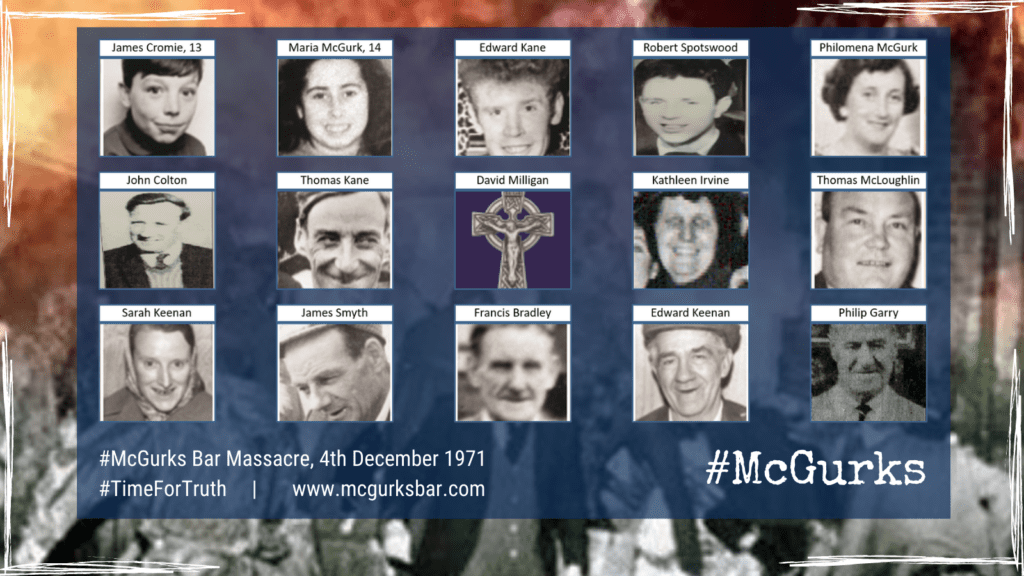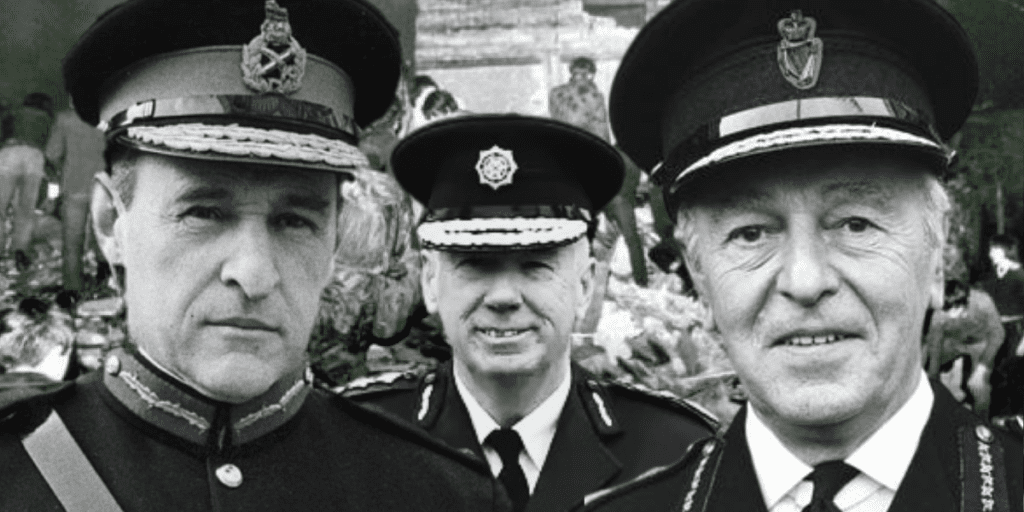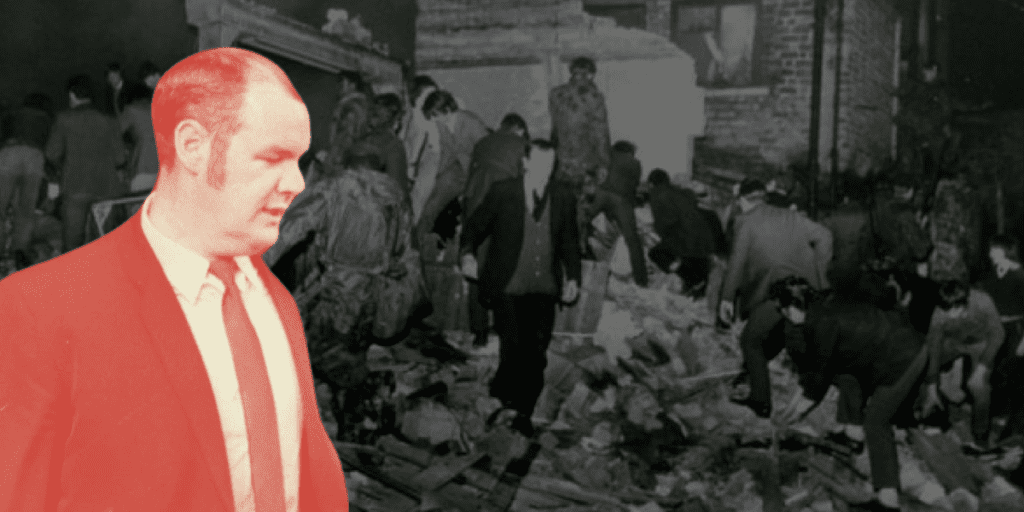The introduction of internment in Northern Ireland in August 1971 in response to growing violence from the IRA had backfired. The violence got even worse and British forces found themselves losing the battle for public opinion. Concerned that the IRA was using the policy to further its propaganda war, London decided to fight back.
It set up what was known as the Information Policy Unit, or IPU, at the Army’s headquarters in Lisburn. Its job was to discredit the IRA wherever possible, often by holding special briefings with journalists.
This was joined soon after by another group, the Information Research Department or IRD, a behind-the-scenes branch of the Foreign Office created in 1948 to counter communism. Both groups were now to engage in a full-blown propaganda war against the IRA and some other paramilitaries.
In December 1971, a month before Bloody Sunday, an explosion ripped apart McGurk’s Bar, a Catholic pub in Belfast – killing 15 people and wounding 17 more. The Army and police claimed to have found evidence that the bomb that caused the blast had gone off inside the bar.
Given that McGurk’s was a Catholic bar, this implied that it must have been an IRA device that went off accidentally. Forensic evidence later proved that the bomb had clearly been placed outside the pub. Finally, seven years later, the loyalist Ulster Volunteer Force was convicted of the attack.
For full article, please follow this link
To listen to the complete Radio 4 Document programme, please follow this link



